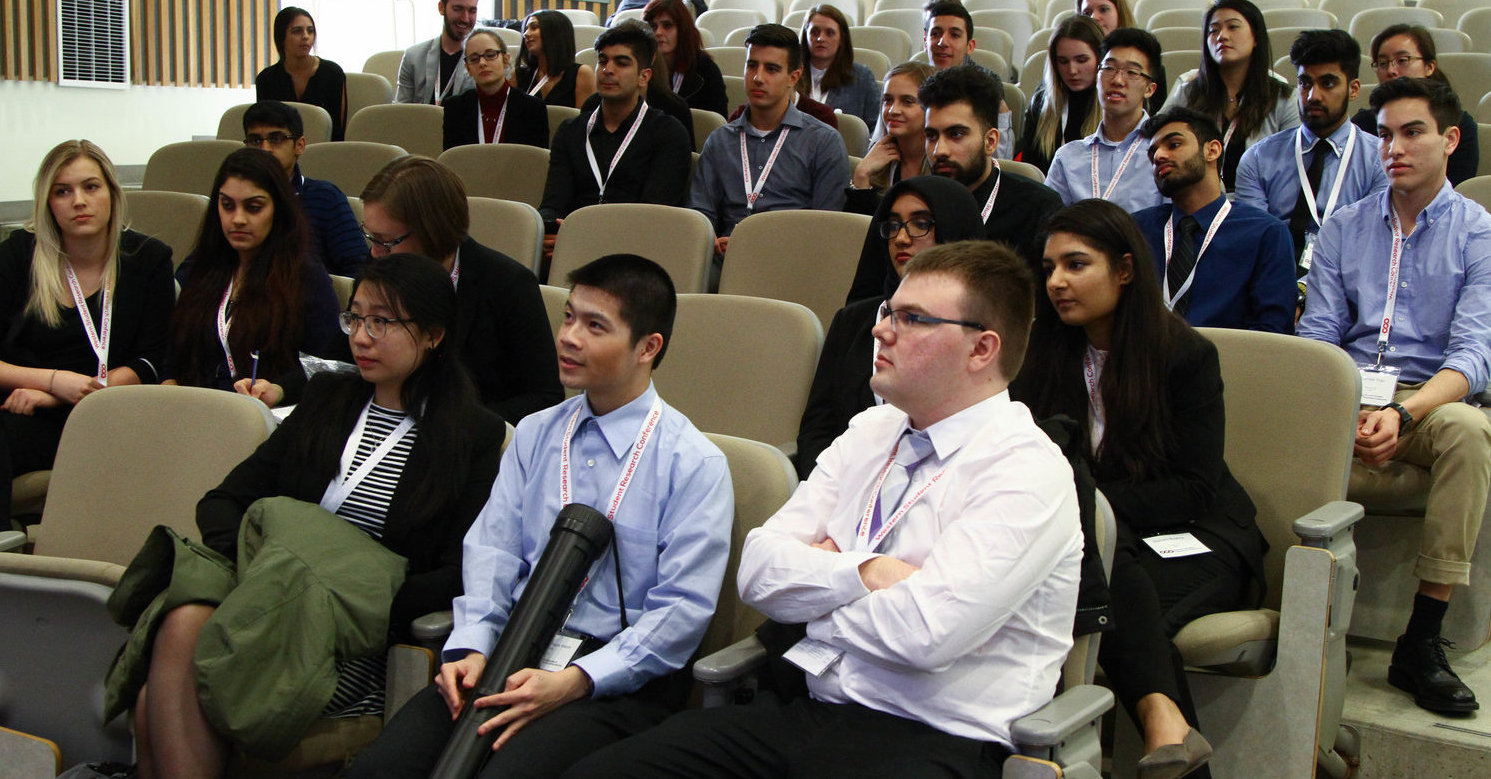The Use of Mannose-Grafted and Lipopeptide-Conjugated PE Liposomes in the Delivery Of Docetaxel for the Treatment of Glioblastoma Multiforme: A Research Protocol
Abstract
Although a wide variety of cancers plague our world today, the fatality of glioblastomas remains virtually unmatched. The highly selective nature of the blood-brain barrier, a mechanism meant to protect us from foreign particles, may ultimately contribute to our demise through its restriction of chemotherapeutic agents such as docetaxel. As such, we propose using mannose and lipopeptide-grafted phosphatidylethanolamine liposomes to penetrate the blood-brain barrier in the treatment of glioblastomas to deliver docetaxel. The truncated fibroblast growth factor and GALA lipopeptides will increase the precision and controlled release of the drug, when in proximity to the tumour. An additional coating of mannose, a glucose look-alike, will allow the nanoparticle to be recognized by receptors on the blood-brain barrier enabling it to pass through; in other words, utilizing a “Trojan-Horse” mechanism of drug delivery, through the docetaxel-containing liposome’s recognition as a sugar molecule. The phosphatidylethanolamine liposomes are prepared using standard thin-film hydration during which the lipopeptides, docetaxel, and calcein (to track drug delivery) are incorporated into the liposomal structure. Statistical analyses will be conducted to measure the growth of the tumour and the accuracy of drug delivery. The patients should respond favourably to the treatment with the tumorous tissues showing a reduced growth rate and greater bioavailability of the drug. Through this novel method, not only may the well-being of brain tumour patients be improved, but the horizons of brain tumour therapy can be broadened without the impending limitations of the blood-brain barrier.
Presentation Type
Poster Presentation
The Use of Mannose-Grafted and Lipopeptide-Conjugated PE Liposomes in the Delivery Of Docetaxel for the Treatment of Glioblastoma Multiforme: A Research Protocol
Although a wide variety of cancers plague our world today, the fatality of glioblastomas remains virtually unmatched. The highly selective nature of the blood-brain barrier, a mechanism meant to protect us from foreign particles, may ultimately contribute to our demise through its restriction of chemotherapeutic agents such as docetaxel. As such, we propose using mannose and lipopeptide-grafted phosphatidylethanolamine liposomes to penetrate the blood-brain barrier in the treatment of glioblastomas to deliver docetaxel. The truncated fibroblast growth factor and GALA lipopeptides will increase the precision and controlled release of the drug, when in proximity to the tumour. An additional coating of mannose, a glucose look-alike, will allow the nanoparticle to be recognized by receptors on the blood-brain barrier enabling it to pass through; in other words, utilizing a “Trojan-Horse” mechanism of drug delivery, through the docetaxel-containing liposome’s recognition as a sugar molecule. The phosphatidylethanolamine liposomes are prepared using standard thin-film hydration during which the lipopeptides, docetaxel, and calcein (to track drug delivery) are incorporated into the liposomal structure. Statistical analyses will be conducted to measure the growth of the tumour and the accuracy of drug delivery. The patients should respond favourably to the treatment with the tumorous tissues showing a reduced growth rate and greater bioavailability of the drug. Through this novel method, not only may the well-being of brain tumour patients be improved, but the horizons of brain tumour therapy can be broadened without the impending limitations of the blood-brain barrier.



